Here’s the deal:
Since we set up our “infographic agency” in 2012, we have designed and sold over 1,300 infographics.
We have had the pleasure to work with some great brands like Visa, Rio Tinto, UEFA, Unicef and even the United Nations.
So what happened?
Change.
If you work in digital marketing, you will know that our industry changes rapidly and four years is a long time.
Before I jump into the three reasons why, I want to make a confession.
As founder and CEO of NeoMam, I don’t have a passion for great design.
I didn’t study graphic design and the most sophisticated software I use is Paint.net – which is awesome, btw.
If I’m honest, I didn’t know much about the infographic space until a few months before setting up NeoMam.
What I did have is a passion for link building.
Or more specifically, getting someone to care enough about what you have created to write about it and give you a link back.
I first got addicted to it during the Digg.com craze and since then I have been chasing the hit of “going viral.”
As I say to all new starters at NeoMam once you experience the frenzy of journalists trying to ring you from around the world – you never look back.
I started with list articles and then progressed to visual formats like infographics.
The problem was that we got better and better at creating infographics.
Respected brands —like those I mentioned earlier— would reach out and ask if we would create infographics just for them.
One of the biggest mistakes we made as an agency was to take this work and start offering infographic design services.
Since that time we have made the hard decision to no longer offer design services and below are 3 reasons why we don’t.
1. No Clear “Success” Metric
Creating an infographic to achieve editorial features and creating one for an internal communications could seem like the same thing.
I mean, they are just infographics, right?
Wrong.
When providing a “design only” service, the goal is to fulfil the expectations of clients:
- Do they like it?
- Do they think it works?
- Does it align with the message they want to convey to their stakeholders?
The success of the campaign is based on what a small number of people or just one person thinks.
BUT
The reason why we had achieved great success with our infographics was that we adjusted the design to meet the expectations of entire audiences and publishers.
If most of them liked it = good design.
If most of them didn’t = bad design.
Sometimes our designs were not exactly what our client imagined.
However, by achieving strong results at the end of the campaign, we always managed to build enough trust to work our process with fewer restraints from our client in future.
Many design agencies can overcome these problems but it just didn’t align with how we like to work.
2. Infographics Are a Commodity
I know many will disagree with me on this point, but it’s true.
In 4 years, infographic design skills have come a long way.
In simple terms, bringing together a great designer with an awesome copywriter = excellent infographic.
As a business, we don’t want to produce a commodity.
We want to align our efforts with those of the brands we work with.
Clients come to us to do something they can’t.
And that is not infographics.
An excellent infographic can be produced for $500-$1000 with relatively little effort.
But getting the idea/content/design/promotion aligned towards achieving top-tier editorial features with every campaign is hard.
Since starting our path in “content marketing” a few years back before we called it that, this has always been hard.
The reason is simple:
When you produce good stuff that works, publishers and audiences expect better next time.
You can build a sweet process but in 6 months it’s going to have to be upgraded.
As an agency, we can benefit from multiple campaign experience and by specialising the entire business around only one goal (editorial features), we can provide a service that has a clear business case.
We can’t do this by being an infographic design company.
3. Audience’s Tastes Are Changing
Back in the early years of NeoMam, I was very outspoken to those who were negative about the infographic format (Sorry Dave Naylor and Andy Barr!)
The reason I got so mad was that a lot of people were dismissing the format without truly testing it.
I knew I was right because my clients were getting great results.
But still, I wouldn’t recommend heckling at speaking events!
Now:
The static visual format of the modern infographic is still the most efficient way to get editorial features, but the world is starting to change.
We are moving away from the long-form standard infographics.
We have seen great results with custom illustrations spread over multiple images: What Cars Would The X-Men And Their Foes Drive?
We have also seen video formats starting to get impressive results: What Coffee REALLY Costs You – And 4 Ways To Pay Less.
We have the goal of achieving editorial features, so the format will have to match the idea to get the best possible results.
If might be an infographic.
It might be a video.
It could be something entirely new.
The term “infographic” is just too simplistic.
For now, something generic like visual content will have to do but in reality, what we focus on is the results at the end.
I joke with the team, but if producing squares of black got results, then we would produce them.
Thankfully getting great results includes teamwork, creativity and pushing ourselves outside our comfort zone which sounds far more fun than running a black box factory.
Conclusion:
Part of the reason for this blog post is to have a clear explanation to share with the many people who connect with us and wonder why we can’t do the work they ask for.
There is certainly a place for a great design that fulfils clients expectations, and the market size is far bigger than the world of SEO and content marketing.
But at NeoMam we want to be the best at what we are passionate about:
Creating content that people want to share.
And to achieve that we need to focus our energy on that one goal.
This quote sums it up quite nicely:
If you are interested in our process and how we work, then be sure to check out our recently updated services page.
Image Sources: Mark Jones
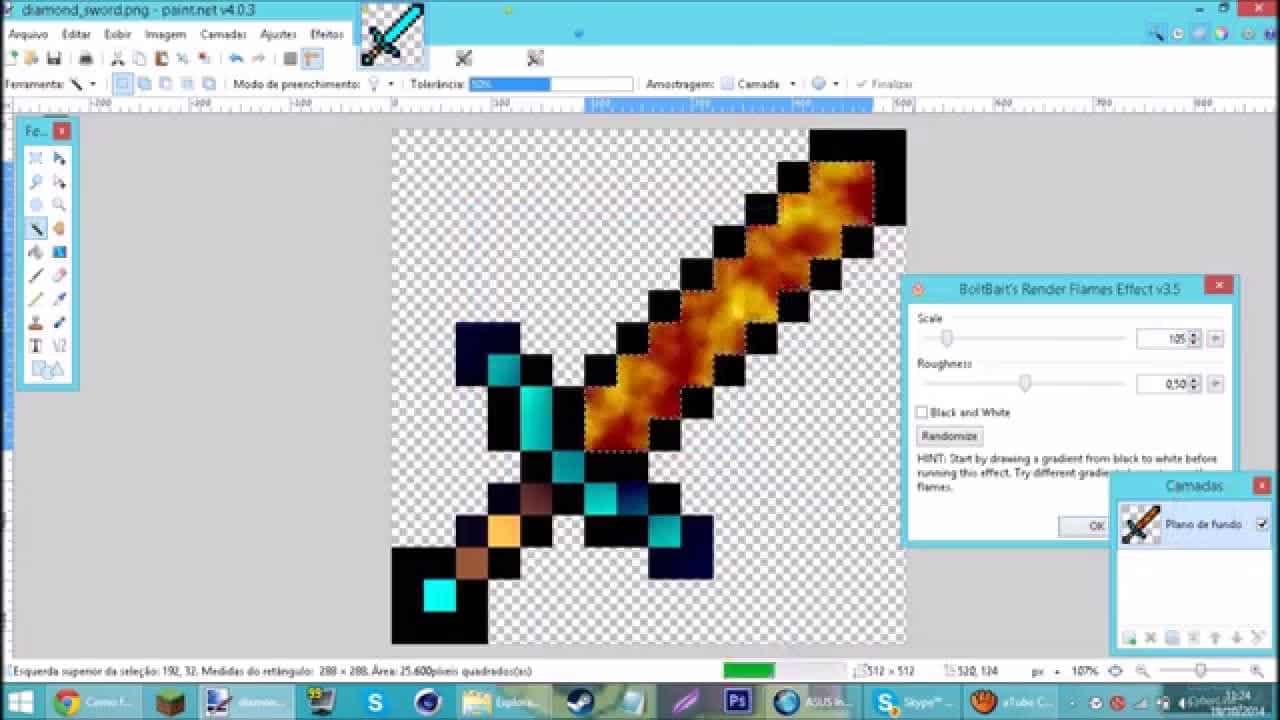
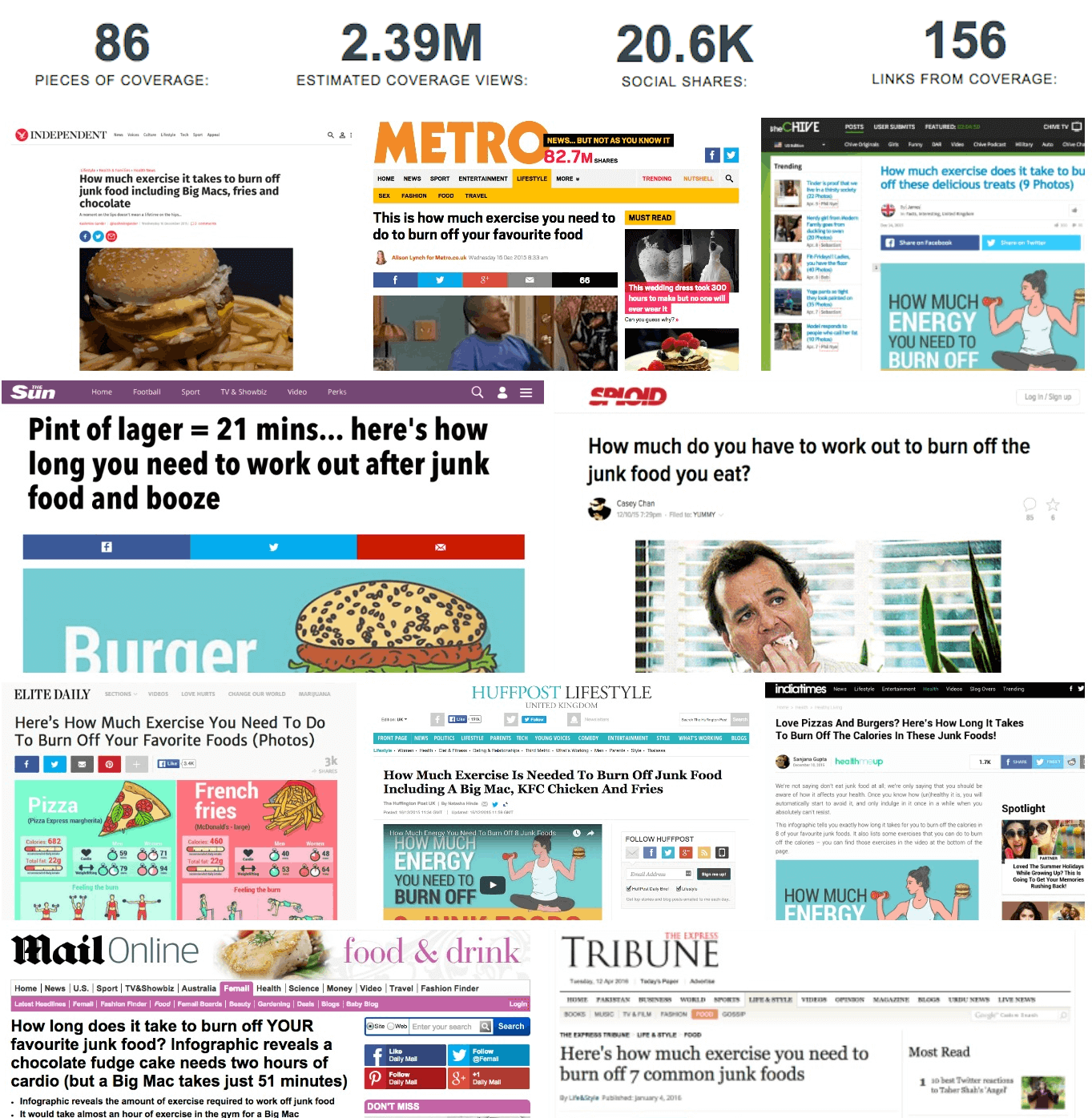
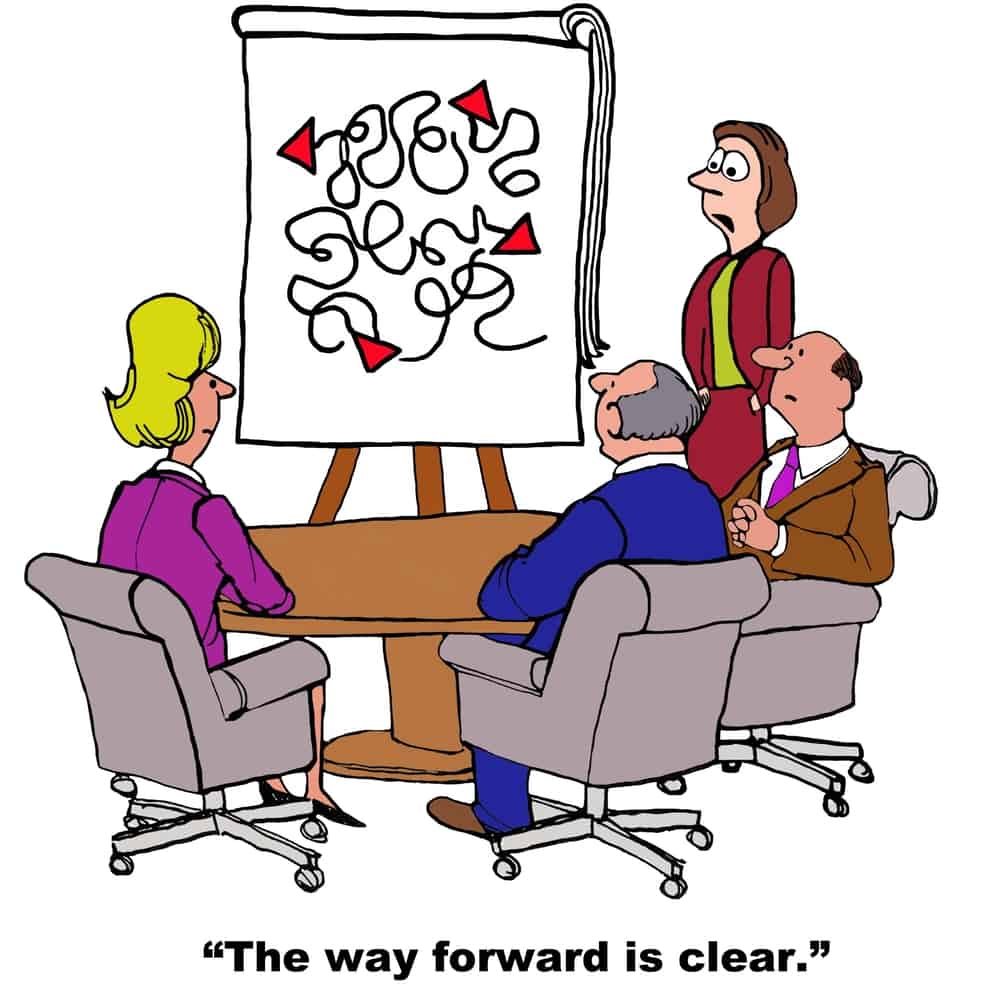

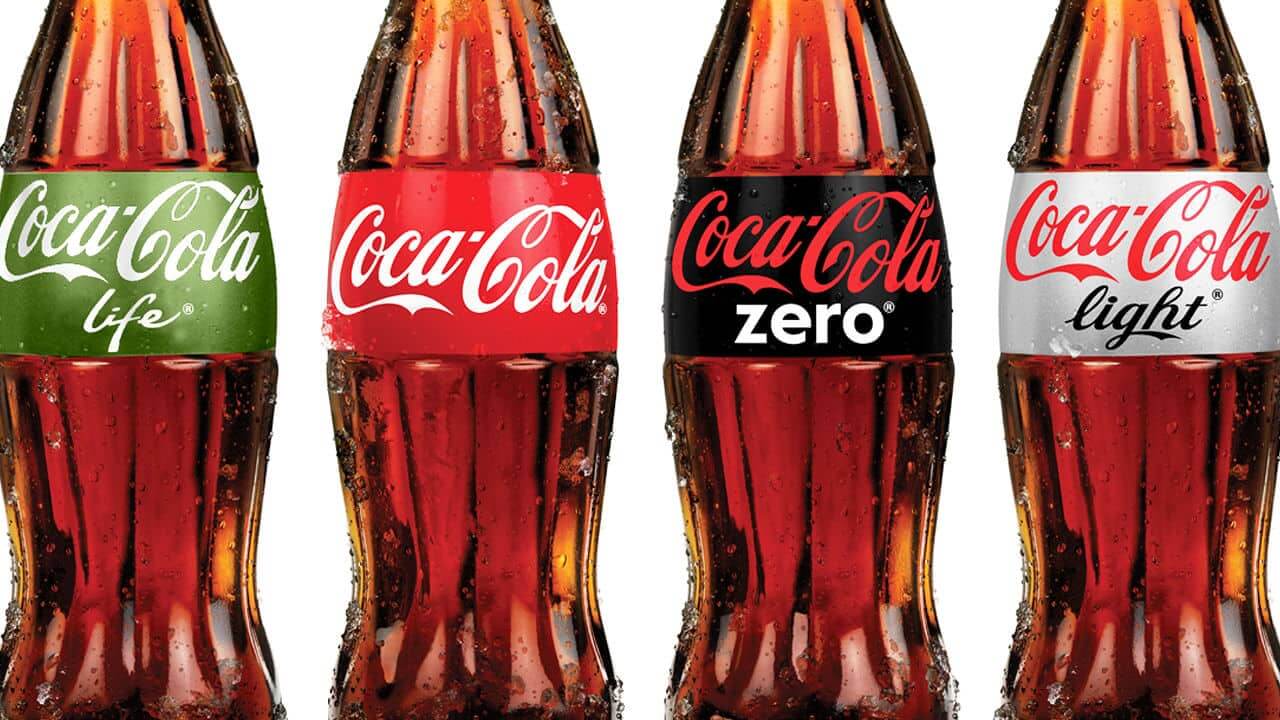
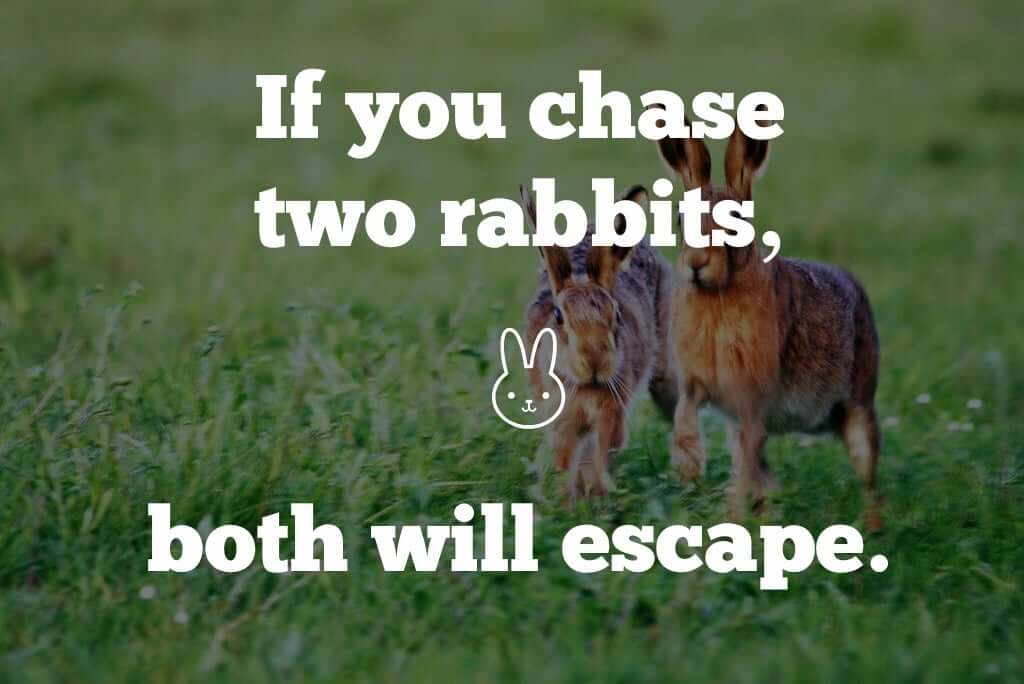
Love the quote at the end. Great to focus! Smart moves.